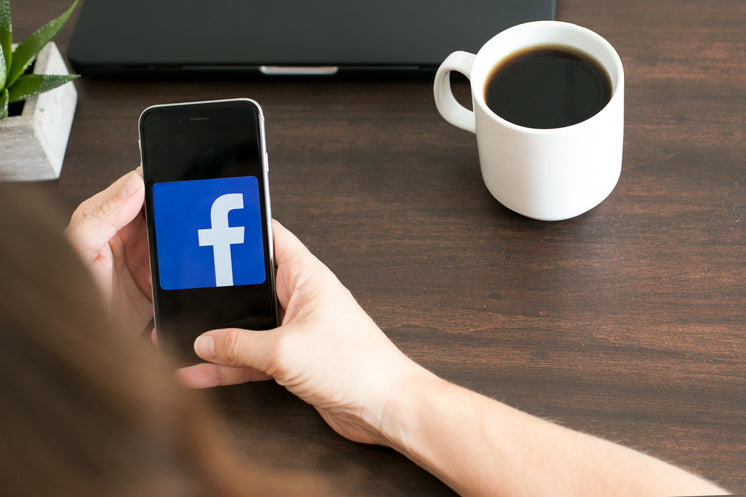
Since these apps are generally designed for other countries, they’re not typically available from the Play Store in countries that have very robust data networks and ultra-powerful phones, like the United States. But you can still “sideload” them by grabbing the APK installer from a site like APK Mirror—a legitimate and trusted source for these apps. If you’ve never sideloaded an app before, check out our guide to doing so—it’s quite easy! That way, if you have a slower or older Android device, you can still benefit from the more lightweight, streamlined apps and make your aging handset feel snappy and new again. As great as lite apps are on their own, they’re also just a band-aid to the bigger problem: the OS as a whole. Android has gotten more and more feature rich over the years, and as a result has required more powerful hardware in order to push it. But that’s also exactly why Google built a version of Android specifically for lower end hardware and the countries where these types of phones are prolific: Android Go.
Android Go is to Android what these lite apps are to the app ecosystem: a faster, lighter weight version of the operating system. It’s designed to run on devices with less than 1GB of RAM, making it incredibly efficient. Of course, trade-offs are aplenty when you have to modify a system to work on such limited hardware, but just like with lite apps, that’s to be expected. And honestly, it’s so much better than dealing with sluggish hardware that’s trying to compensate for lack of optimization. Alright, now that you know what lite apps are and why you’d want to use them, it’s time to look at the best options for the apps you’re probably already using. Facebook is one of the most popular apps on the Play Store, but the full app is notoriously big. The primary app is nearly 65MB in size, where the much smaller lite version only tips the scale at a measly 1.6MB. That’s a huge difference.
And compared to the full Facebook app, the lite version is really not that bad. It feels a little dated without all the bells and whistles, but if all you’re really worried about doing is checking notifications and scrolling through your feed (literally my entire Facebook usage), then it’s great. You won’t be able to do things like go live, but most other things things are available. Similar to Facebook Lite, there’s a lightweight version of Messenger available too. It’s lacking nearly all of Messenger’s more robust features, like video chat, Facebook calls, SMS integration, and chat heads, but it’s pretty solid if all you want to do is text chat with Facebook friends. As a result, Messenger Lite is about a fifth the size of the full Messenger app (11MB vs. Unlike most other apps on this list, Messenger Lite is available in the US from the Play Store. Twitter Lite is arguably the best lite application on this list, as it’s almost as robust as its much larger counterpart.
It’s essentially a packaged version of the Twitter mobile website, which has undergone some major upgrades over the last several months—as a result, you’ll get a killer lightweight Twitter client that offers almost everything you need (including push notifications!). If you’d rather not download and install something else, you can always just jump over to Twitter’s mobile site to get basically the same experience. Personally, I’m into having a separate app, but you do you. This is basically just a lightweight Google search app—but unlike the other lite apps that omit only the excessive and heavy features, this one removes some useful stuff, including my favorite thing about the Google app: the Google Feed. As a result, this is literally a search app with a few quick links to things like weather and whatnot. It probably goes without saying, but that also means there’s no Assistant integration in Google Go.
